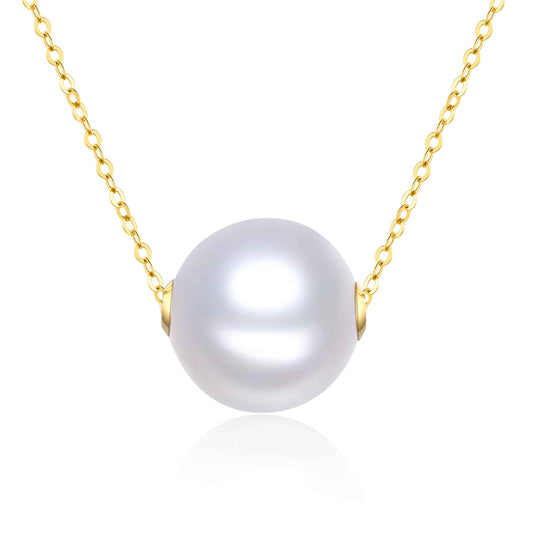
Rosalind Franklin: Independent Pearl of Science
Share
She Was an Inventive Scientist and Selfless Soul
A British chemist, Rosalind was a determined and independent woman at a time before women were commonly accepted in the male-dominated world of science. Like a pearl, dedicated, hard-working, and meticulous, she forged a path for other women to follow. This is another installment of the Living like a Pearl series. Find the other stories here.
________
With her inventiveness, keen mind and desire to search for answers about how life worked, Rosalind Franklin played a critical role in the discovery of the nature of DNA. She also produced the first high-resolution photo impression of the helix structure.
Franklin was born in London, England, in 1920, to a Jewish family. From an early age, she displayed a keen interest in mathematics and science. Despite the barriers of the time for women to pursue science, she attended one of the very few schools that taught science to girls. Passing with distinction, she went on to study chemistry at Newnham College, Cambridge where she earned her B.A.

Later, while on scholarship at King’s College in London, Rosalind’s dedicated and meticulous work enabled her department to produce high-resolution photos of crystallized DNA, which not only suggested two types of DNA, but gave the first impression of the helix structure. This caused an excited stir with other chemists and scientists who were studying the DNA structure. One such scientist from Cambridge remarked that when he saw the photos, “my jaw fell open, and my pulse began to race.”
Shortly after in 1953, with their research based on the photo of the DNA structure produced by Franklin, scientists Francis Crick and James Watson proclaimed that they had “found the secret of life.”
Franklin herself was a bit more cautious and at the same time she published a paper saying “while the X-ray evidence cannot, at present, be taken as direct proof that the structure is helical, other considerations discussed below make the existence of a helical structure highly probable.”
Not only was Franklin a great scientist, but she was also selfless and cared about her community. During the 1930s, Franklin’s family took in Jewish refugees who escaped the Nazis. During WWII, she served for a while as an Air Raid Warden, a group who helped guide people to air raid shelters, sound the sirens, and issue gas masks to people.
Rosalind remained single throughout her life. She enjoyed traveling abroad, and would write to her father about her reflections and fascination with science. In one of these reflections, she wrote to her father:
“Science, for me, gives a partial explanation for life. In so far as it goes, it is based on fact, experience and experiment. You look at science (or at least talk of it) as some sort of demoralising invention of man, something apart from real life, and which must be cautiously guarded and kept separate from everyday existence. But science and everyday life cannot and should not be separated.”
Franklin died in 1958 at the age of 37 of ovarian cancer. After her death, the Nobel Committee recognized her for her discoveries. She did not receive a Nobel Prize, though, since Nobel Prizes are not awarded posthumously. But her mark on the science community is undeniable – she advanced our understanding of genetics.


